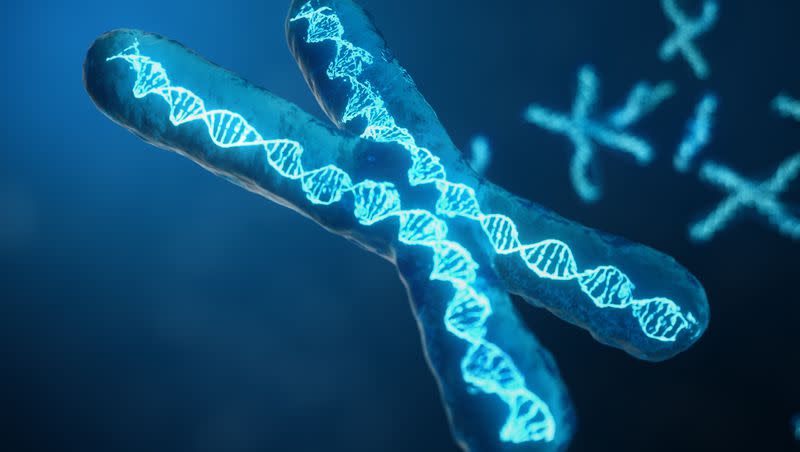Scientists may have clue why autoimmune disorders hit women more than men

As many as 50 million Americans have an autoimmune disease, where the person’s immune system attacks their tissues. In close to four out of five cases, that person is a woman.
Autoimmune disorders that are lopsided when it comes to gender include rheumatoid arthritis, multiple sclerosis and scleroderma. Some have wildly lopsided gender ratios: For every male with lupus, there are nine females, while for Sjogren’s, there are 19 females for each male.
Now researchers from Stanford University believe they have solved some of the mystery, tracing the disproportionate burden of autoimmune disorders on women “to the most fundamental feature differentiating biological female mammals from males.” It’s the fact that females have two X chromosomes, while males have an X and a Y — and knowing that could make it easier to predict autoimmune disorders before they even develop, the researchers said in a Stanford news release.
As The New York Times reported, the research suggests “that a special set of molecules that act on the extra X chromosome carried by women can sometimes confuse the immune system.”
The findings are preliminary, but the researchers believe “it might be possible to base new treatments on these molecules, rather than on the current drugs that blunt the entire immune system.”
The study, published in the journal Cell, blames the “silencing” of the second X chromosome, though the researchers say it is probably not the only reason women outnumber men when it comes to autoimmune diseases.
“The stubby Y chromosome contains only a handful of active genes. It’s quite possible to live a full life without a Y chromosome. In fact, more than half of the people on Earth — women — lack Y chromosomes and do just fine. But no mammalian cell, male or female, can survive without at least one copy of the X chromosome, which holds many hundreds of active protein-specifying genes,” the release said.
Related
Still, two is not better than one when it comes to protein production. Having two X chromosomes could risk twice the production of proteins that come with the X but not the Y. So nature created what researchers called a “clever if complicated workaround called X-chromosome inactivation.” Early in development, each cell in a female mammal shuts down the activity of one of those X chromosomes so that the body produces the right level of proteins, basically the same in both males and females.
How the inactivation happens, though, can ignite an immune system response that can trigger autoimmune disorders. Since that’s not the only thing that can lead to immune disorders, however, men may also develop them, but at much lower rates, the research suggests.
The study says molecules called Xist wrap themselves around the second X chromosome, shutting it down. But if a gene on that second X chromosome gets free, the extra proteins can lead to toxic results. Researchers tested the theory by engineering male mice to have Xist, too. Those mice developed more severe immune diseases.
Stanford geneticist and dermatologist Dr. Howard Chang, who led the study, told The New York Times it’s likely the autoimmune diseases arise from the normal process of cell death in a woman’s body. As the cells’ molecules get in the bloodstream, they can include the Xist molecules and attached proteins. That “confuses” the immune cells, which create antibodies.
Experts say the work is preliminary and more study is needed, but call the findings intriguing.
An article in Nature quoted Montserrat Anguera, a geneticist at the University of Pennsylvania in Philadelphia, on the study’s findings: “This is a cool start,” she said. “If we could use this information to expedite the diagnosis, it would be amazing.”

